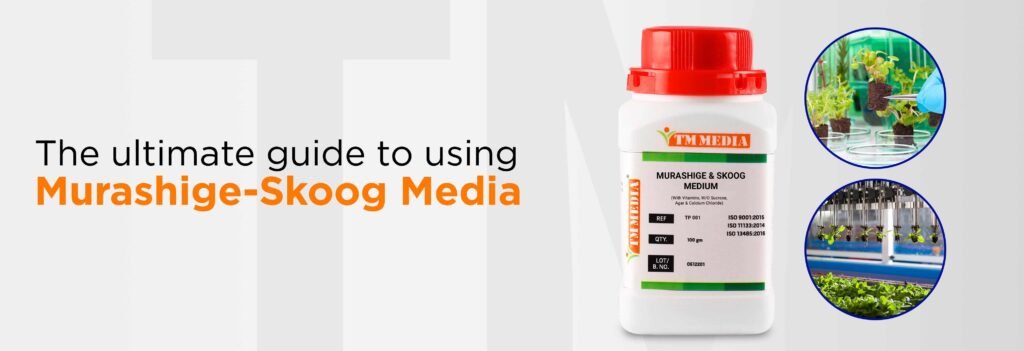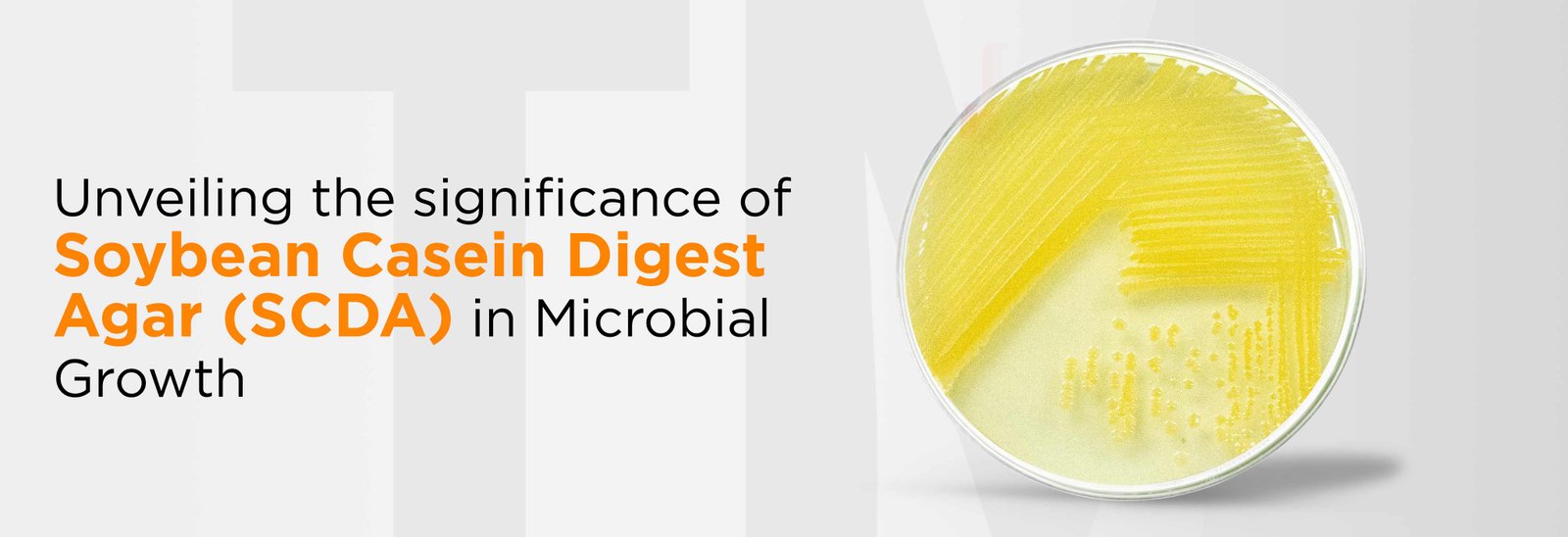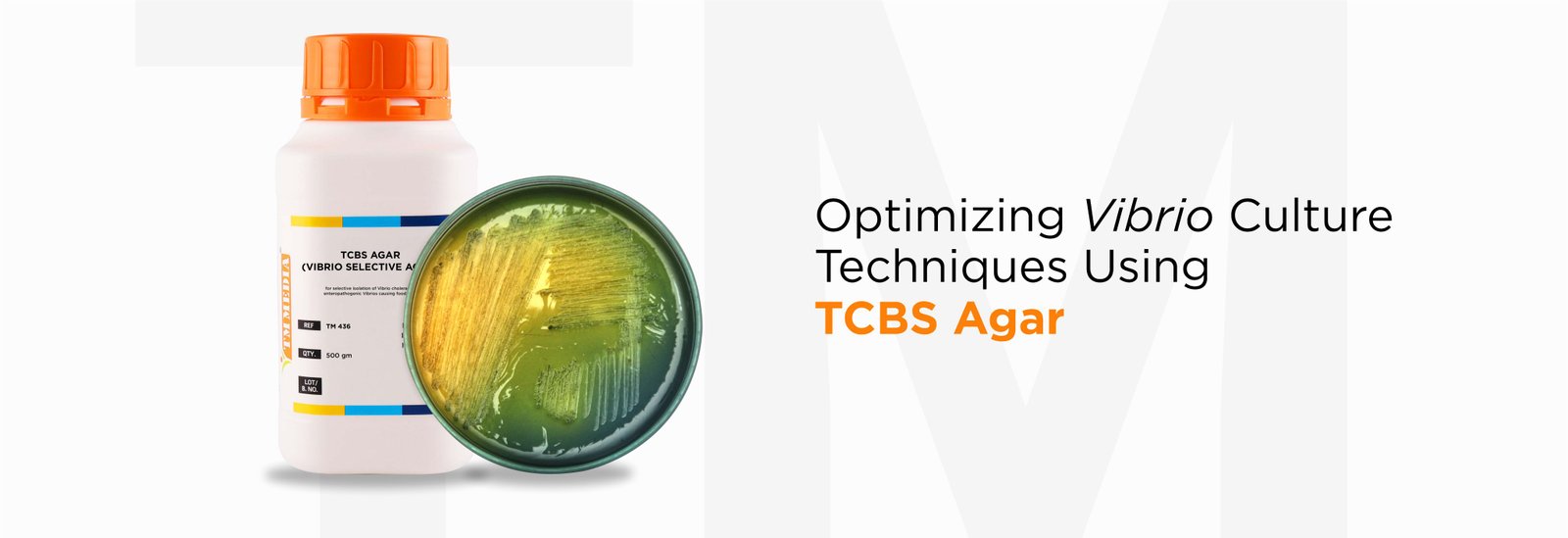

Have you ever wondered how scientists can grow entire plants from just a few cells in a laboratory? The answer lies in the powerful Murashige and Skoog Medium, commonly known as MS Medium. Since its development in 1962, this ground-breaking formulation has revolutionized Plant Tissue Culture, providing the perfect balance of nutrients to support the growth and development of plant cells. Whether you’re exploring micropropagation, organ culture, or genetic engineering, MS Medium offers a reliable and versatile solution for all your plant research needs.
Components of MS Media
MS Media contains essential nutrients vital for the growth of both monocotyledonous and dicotyledonous plants. Here’s a list of the key ingredients and their concentrations in MS Medium:
| Ingredient | Concentration (mg/L) |
| Potassium hydrogen phosphate | 170.00 |
| Potassium nitrate | 1900.00 |
| Magnesium sulphate | 180.68 |
| Ammonium nitrate | 1650.00 |
| Cobalt chloride.6H2O | 0.025 |
| Copper sulfate. 5H2O | 0.025 |
| Boric acid | 6.20 |
| Ferrous sulfate.7H2O | 27.80 |
| Potassium iodide | 0.830 |
| EDTA disodium salt. 2H2O | 37.30 |
| Manganese sulphate.H2O | 16.90 |
| Sodium molybdate | 0.25 |
| Zinc sulfate.7H2O | 8.60 |
| Glycine | 2.00 |
| myo-Inositol | 100.00 |
| Nicotinic acid | 0.50 |
| Pyridoxine hydrochloride | 0.50 |
| Thiamine hydrochloride | 0.10 |
These components are carefully balanced to create an environment that promotes the growth and development of plant cells.
Step-by-step preparation of MS Medium
The effectiveness of MS Medium lies not only in its formulation but also in its simple preparation process. Here’s a detailed guide on how to prepare and use MS Medium:
Principles of MS Media for propagation
The Murashige and Skoog Medium (MS Medium) is essential in Plant Tissue Culture due to its balanced nutrient composition and versatility. Key principles include:
Applications in Plant Tissue Culture
MS Medium is widely used in various plant research applications due to its balanced composition and reliability. Here are some key areas where MS Medium plays a crucial role:
The Murashige and Skoog Medium, by TM Media, continues to be a cornerstone in Plant Tissue Culture, providing researchers with a reliable platform for various research endeavours in plant biology and agriculture. Its precise formulation and straightforward usage make it an essential tool for successful Plant Tissue Culture experiments.
Experience the benefits of Murashige and Skoog Medium with TM Media, your reliable partner in Plant Tissue Culture. Our MS Medium is carefully crafted to provide the right balance of nutrients, ensuring your plants grow strong and healthy. Whether you’re working on cloning plants, growing plant organs, or genetic studies, the MS Medium is your go-to solution for consistent and successful results. For detailed insights into harnessing MS Medium for your scientific studies, TM Media remains committed to supporting your journey in advancing plant science and agricultural innovation.
Meta Summary
The principles underlying MS Medium’s efficacy in Plant Tissue Culture stem from its precisely balanced nutrient composition, pH stability, and versatility in supporting various plant species and experimental techniques. This medium continues to play a pivotal role in advancing our understanding of plant growth and development, offering researchers a dependable tool for exploring diverse aspects of plant biology and agricultural innovation.
Learn more: https://www.tmmedia.in/product/murashige-skoog-medium/

Maintaining the highest standards of quality and safety is paramount in pharmaceutical manufacturing. Strict adherence to current good manufacturing practices...
Read More
Potato Dextrose Agar (PDA) is a widely utilized medium in microbiology, specifically designed for the isolation and enumeration of yeasts...
Read More
In the complicated world of microbiology, where precision and reliability are of utmost importance, Soybean Casein Digest Agar (SCDA) stands...
Read More
In the world of pathogenic identification, one crucial player in the isolation and cultivation of Vibrio species is Thiosulfate-citrate-bile salts-sucrose...
Read MoreMicrobiology, as a scientific discipline, relies heavily on precise tools and methodologies for understanding the details of the microbial world....
Read More